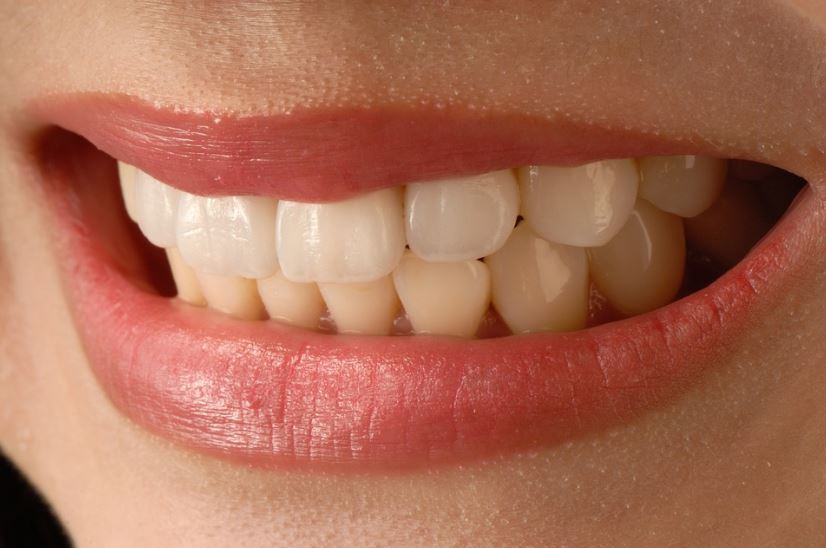Although there are many great alternatives to boost your smile, such as teeth whitening and composite restoration, sometimes it requires a more complex treatment option to achieve the results you are looking for.
In these cases, dental veneers could be your best alternative as they not only change the color of your teeth but also their size and shape. Therefore, allowing the dentist to alter your teeth in the most harmonious way possible according to your facial structure.
Moreover, getting veneers not only improves your aesthetics but also boosts your self-esteem and your confidence.
We will explain in this article what dental veneers are, what they are made of, and how to choose the best material.
What are dental veneers?
Although they are more invasive than other cosmetic treatments, dental veneers are one of the most popular alternatives when it comes to smiling improvement.
Dental veneers consist of a thin tooth-colored shell that gets permanently bonded to the teeth to change its color, size, and shape. This treatment is similar to a dental crown with the difference that it only covers the frontal portion of the teeth and less enamel needs to be prepared to receive the treatment.
Dental veneers are resistant but require special care to prevent breaking or chipping.
Nowadays, dental veneers are currently being used by thousands of people and famous artists worldwide, gaining popularity in contemporary times and are being professionally provided by great options such as Renew Dental Winnipeg.
What are veneers made of?
Same as with every dentistry treatment, there are different materials to choose from.
Dental veneers can be done using composite or ceramic. Both options produce great results. However, they possess different characteristics that must be considered when deciding which ones to get.
Porcelain veneers
When it comes to quality, porcelain is the best material. It reflects light similarly to enamel, achieving a more natural-looking result than its composite counterpart.
Although they are just thin shells, they are designed to perfectly withstand biting and other strong forces present in the mouth. Therefore, turning them into a formidable and more durable option.
However, porcelain veneers are crafted or milled at a dental laboratory. Thereby, it takes multiple dentists’ appointments before getting the final result.
Composite veneers
As its name suggests, composite veneers are made of composite resin.
There are two types of composite veneers: direct and indirect composite veneers.
Direct composite veneers are made hands-free using different shades of composite directly over the teeth. In a nutshell, they use the same techniques used in any traditional composite restoration.
Often, the dentist shapes the composite in the desired position to achieve a natural-looking result. However, although the results are aesthetically pleasing, it doesn’t reflect light as well as porcelain.
This type of veneer can be done in one session, although it can take some time, depending on the dentist’s expertise.
Indirect composite veneers are similar to porcelain veneers. The dentist makes them outside the mouth on an impression taken beforehand. Afterward, the veneers are bonded to the teeth using a specialized material.
A crucial difference is that indirect composite veneers are head tempered before being bonded. This increases their flexural strength, making them more resistant and less prone to chipping than direct composite veneers.
It is essential to understand that although porcelain veneers possess better aesthetic properties, composite veneers are also capable of delivering outstanding results in the hands of a skilled dentist.
Special considerations
Dental veneers are an excellent treatment option. However, there are a few aspects to consider.
They don’t last forever:
Dental veneers need to be fixed or replaced eventually. The lifespan of composite veneer treatment is around 4-8 years, while ceramic veneers can last up to 10 years. However, this period can be extended to 15-20 years with proper care and good hygiene.
Enamel needs to be prepared:
Dental veneers can’t be done without prepping the enamel. It is vital to understand that what’s done to the enamel can’t be undone. Contemporary techniques have been designed to be less invasive and leave more enamel intact.
Maintenance:
It is essential to take care of the veneers by having good oral hygiene and taking care of what you eat.
Regularly brushing and flossing is enough to maintain ceramic veneers. Whether you need to make periodic dentist appointments to fix composite veneers as they are more prone to chipping and staining. However, it is easier to fix a composite veneer than a porcelain one.
If you are looking forward to changing your smile and teeth while boosting your confidence, veneers are a great alternative. As long as you take proper care of your veneers, your smile will remain bright and incredible.
Bridgewater Family Dental practices a full scope of general and cosmetic dentistry in Bridgewater, NJ, with expertise ranging from porcelain veneers to dental implants, crowns, bridges, and clear braces. Our experts can correct a wide variety of so-called permanent cosmetic dental problems, and can literally redesign your smile!

